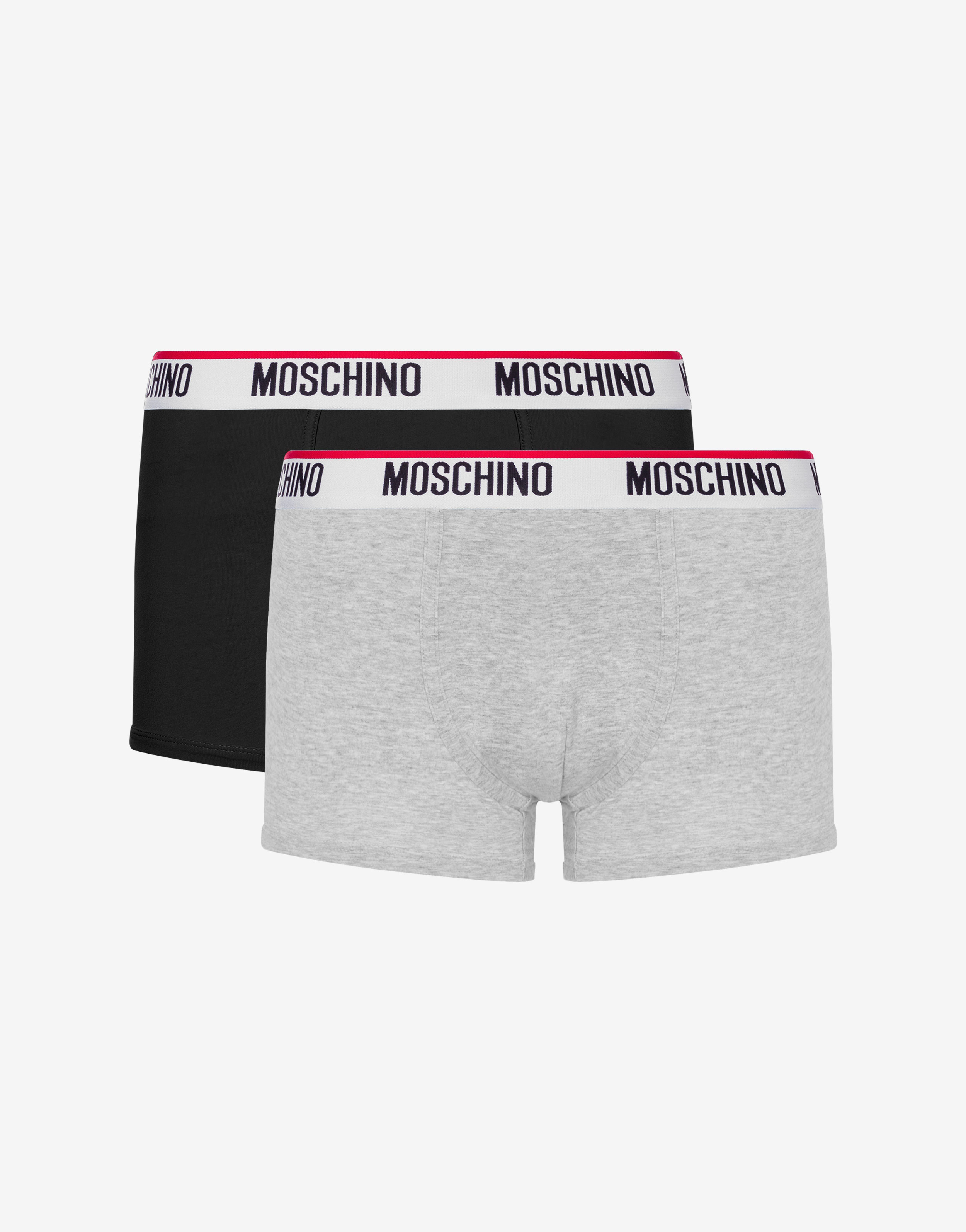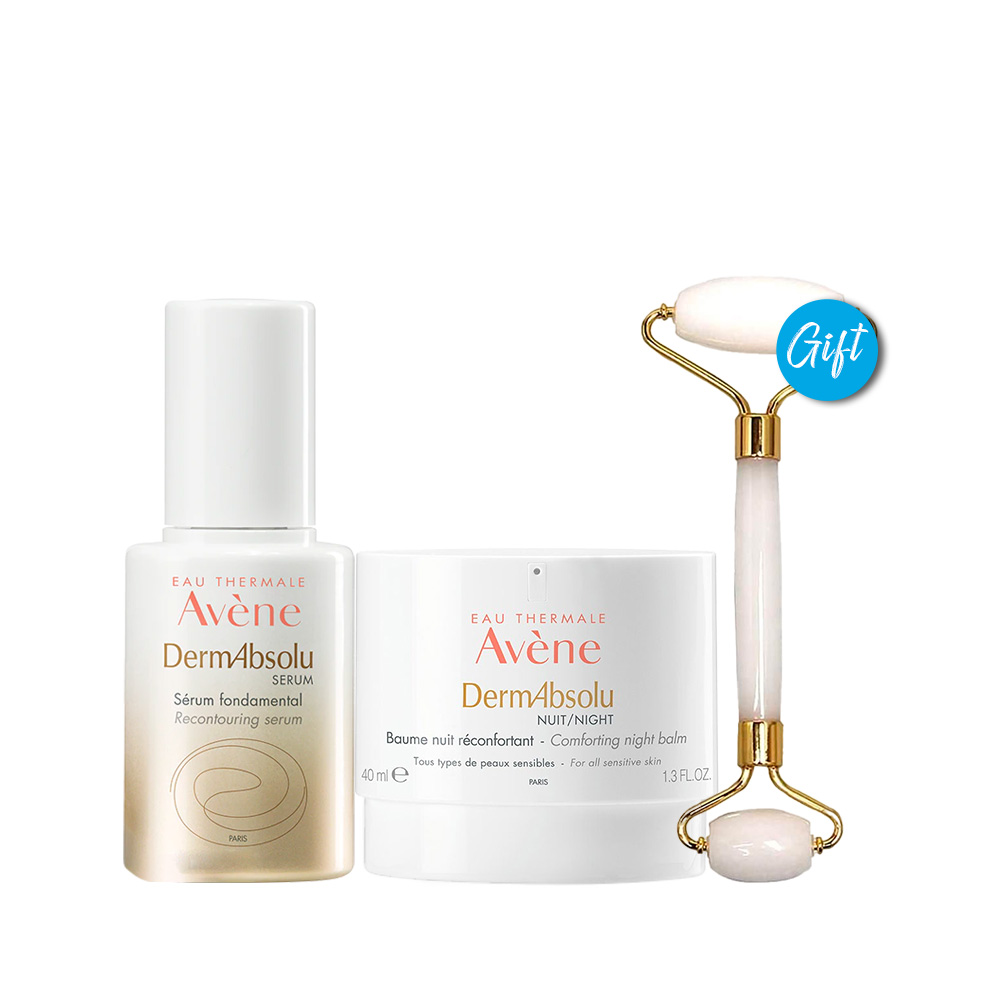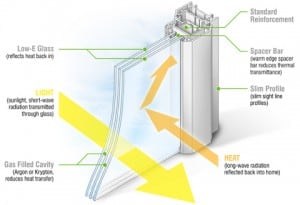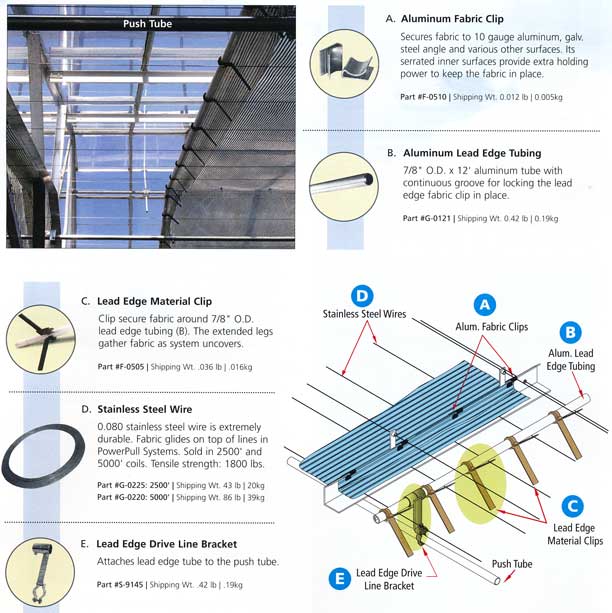Extreme Temperatures and Thermal Tolerance - ppt download
4.9 (456) · $ 4.99 · In stock
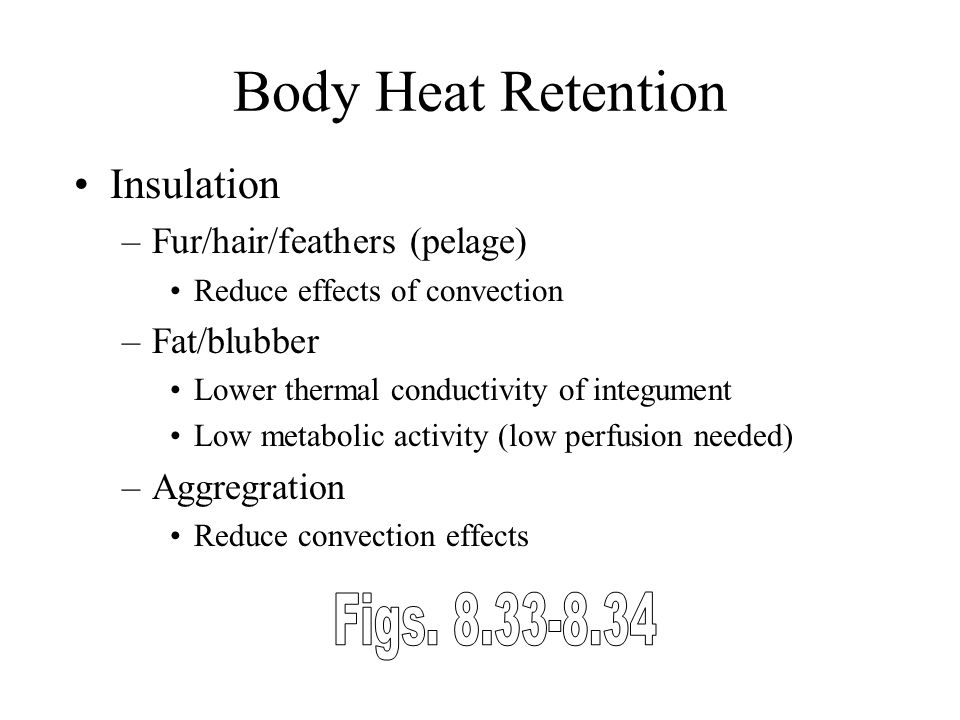
Extreme Temperatures and Thermal Tolerance Factors influencing lethal exposure: Exposure Temperature Degree to which temperature exceeds limits of tolerance Exposure Duration Length of time to which organism is exposed to lethal temperature Individual Variation
All organism have a range of tolerable body temperatures. Homeothermic endotherms – narrow range. Poikilothermic ectotherms – broad range. Exceeding limit of thermal tolerance. DEATH!!!!!
Factors influencing lethal exposure: Exposure Temperature. Degree to which temperature exceeds limits of tolerance. Exposure Duration. Length of time to which organism is exposed to lethal temperature. Individual Variation.
Denaturization of proteins. Structural and enzymatic. Thermal inactivation of enzymes faster than rates of activation. Inadequate O2 supply to meet metabolic demands. Different temperature effects on interdependent metabolic reactions ( reaction uncoupling ) Membrane structure alterations. Increased evaporative water loss (terrestrial animals)
Thermal inactivation of enzymes faster than rates of activation. Inadequate O2 supply to meet metabolic demands. Different temperature effects on interdependent metabolic reactions ( reaction uncoupling ) Membrane structure alterations. Freezing.
liquid water vs. solid water. Drastic reduction in enzyme function. Reduced molecular mobility. Structural disruption of enzymes. Mechanical disruption of cell membranes. Osmotic dehydration due to freezing of extracellular water. Most important factor. Fig
Supercooling. Freezing point depression. Use of antifreeze. Freeze tolerance.
Freezing involves ice crystallization. Can occur spontaneously below 0 °C. Water can remain liquid until crystallization occurs.
Freezing point depression. E.g. insects. Produce high levels of glycerol. Lowers freezing point. Willow gallfly larvae can supercool to –60 °C.
effects of dehydration. Cryoprotectants. Substances that help animals avoid damage from freezing of body tissues. E.g. glycerol. appears to stabilize cell membrane and protein structure. Fig
Draws water out of the cells, intracellular concentrations and freezing point. Helps prevent crystal formation inside the cells. Prevents mechanical damage.
Different species have adapted to differences in temperature between species ranges. Figs. 8.14, 8.16b,c, 8.17,
Acclimation and acclimatization are physiological changes in response to previous thermal history. Exposure to warm temperatures increases heat tolerance, decreases cold tolerance. Thermal tolerance of many species changes with seasonal changes in temperature. Figs 8.10, 8.13,
Changes in enzyme systems. Changes in enzyme synthesis/degradation. Changes in use of specific isozymes. Modulation of enzyme activity by the intracellular environment. Changes in membrane phospholipids. increase saturation of fatty acids with increased temperature. homeoviscous adaptation. Figs 8.16 b,c, Fig
Approaches to thermoregulation: Thermal conformity (poikilothermy) allow body temperature to fluctuate with environmental temperature. Thermoregulation (homeothermy) Maintain body temperature at relatively constant levels largely independent of mean environmental temperature.
Behavioral control. Controlling body temperature by repositioning body in the environment. Physiological control. Neural responses (immediate) E.g. modification of blood flow to skin, sweating/panting, shivering, etc. Acclimation responses (long-term) Changes in insulation, increased capacity got metabolic heat generation, etc.
Environmental heat availability subject to change. Some thermally stable environments. vary only 1-2 °C/year. Some highly variable environments. 80 °C variation in one year. Most ectotherms must deal with some degree of temperature variation.
Cold-adapted species have enzymes that function at higher rates at lower temperatures. Subfreezing Temperatures. Supercooling. Antifreezes. Freeze Tolerance. Fig. 8.16b.
Enzyme denaturization and pathway uncoupling. Elevated energy requirements. Reduced O2 delivery. affinity of Hb for O2 decreases with increased temperature. Critical Thermal Maximum (CTM) Body temperature over which long-term survival is no longer possible.
Behavioral Regulation. Reposition body relative to heat sources in the thermal environment. Most widely used method. Physiological Regulation. Redirect blood flow for increased heat gain-heat loss. Pigmentation changes. absorb/reflect radiant heat. Fig
Ectothermy – low energy approach to life. Pros. Less food required. Lower maintenance costs (more energy for growth and reproduction) Less water required (lower rates of evaporation) Can be small – exploit niches endotherms cannot. Cons. Reduced ability to regulate temperature. Reduced aerobic capacity – cannot sustain high levels of activity.
Endothermy – high energy approach to life. Pros. Maintain high body temperature in narrow ranges. Sustain high body temperature in cold environments. High aerobic capacity – sustain high levels of activity. Cons. Need more food (energy expenditure 17x that of ectotherms) More needed for maintenance, less for growth and reproduction. Need more water (higher evaporative water loss) Must be big.
Tend to be homeothermic. regulate body temperature (Tb) by adjusting heat production.
Temperature at the interior of the body (thoracic and abdominal cavity, brain, etc.) Maintained within narrow margins. Peripheral body temperature. Temperature of integument, limbs, etc. Tends to vary considerably. Figs. 8.26,
Thermal Neutral Zone. basal rate of heat production balances heat loss. No additional energy required to regulate temperature, just modification of thermal conductance. Lower Critical Temperature. Temperature below which basal metabolism does not produce enough heat to balance heat loss. Upper Critical Temperature. Temperature above which modifying thermal conductance cannot balance net heat gain. Fig
Zone of Metabolic Regulation. Increase in metabolism to increase heat production to balance increased heat loss. Shivering, BAT, etc. Hypothermia. Increased metabolic production cannot compensate for heat loss. Tb decreases (as does metabolism) Fig
Zone of Active Heat Dissipation. Animal increases activity to increase heat loss. Evaporative cooling. Hyperthermia. Evaporative cooling cannot counteract heat gain. Tb rises (as does metabolism) towards CTM. Fig
Endotherms respond to low ambient temperatures by: Increasing heat production (thermogenesis) Limiting heat loss.
Rapid contractions in groups of antagonistic muscles. No useful work generated. Heat liberated by hydrolysis of ATP. Non-shivering Thermogenesis. Enzyme systems activated that oxidize fats to produce heat. Virtually no ATP production.
Brown Adipose Tissue (BAT) Highly vascularized, with large numbers of mitochondria. Inner mitochondrial membranes contain thermogenin. Allows H+ to bypass ATP synthase. Protons re-enter mitochondrial matrix and bind to O2, generating heat and water. Heat absorbed by blood in vasculature and distributed throughout the body. Fig
Fur/hair/feathers (pelage) Reduce effects of convection. Fat/blubber. Lower thermal conductivity of integument. Low metabolic activity (low perfusion needed) Aggregration. Reduce convection effects. Figs
Generally thicker coats. Bergmann’s Rule. size w/ latitude.
Reduced skin perfusion. Limit heat loss from blood. Countercurrent Exchange. Heat transferred from arteries to veins. Limit heat loss from extremities. Figs. 8.26, 8.29,
Endotherms respond to high ambient temperatures by: Limiting heat gain. Increasing heat dissipation.
Large animals have large heat capacities and low surface area/volume ratios. Take longer to heat up. Large animals tend to have thicker pelage. Insulate body from external heating.
Specific heat exchange surfaces. Enable heat loss through conduction/convection/radiation. Thin cuticle. Highly vascularized. Lightly insulated. Large surface areas. Allen’s Rule. The warmer the climate, the larger the size of appendages. Fig
Extrusion of water through sweat glands onto the skin. Panting. Evaporative cooling through the respiratory system surfaces.
Passive (little energy expenditure) High salt loss. No convection. No effect on blood pH. Panting. Active (requires muscle contraction) No salt loss. Convection – increases cooling. Increased ventilation pH. Figs 8.24,
Panting can cool brain during high levels of activity. Rete mirabile. heat exchange between warm arterial blood and cooled venous blood from nasal cavity. Maintain brain temperature despite abnormally high body temperature. Fig
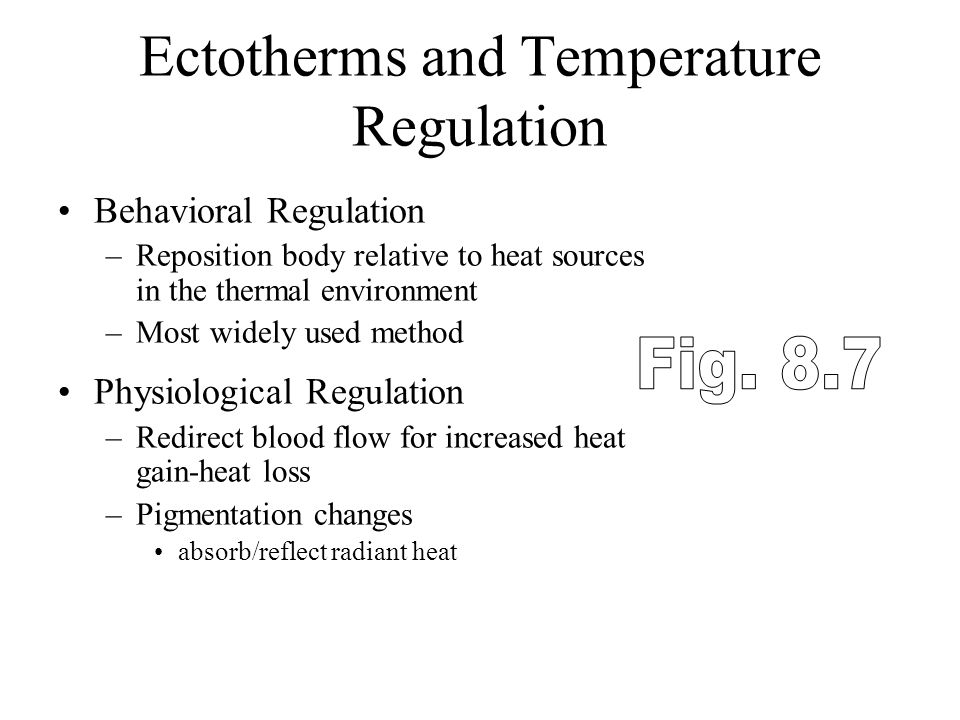
Extreme Temperatures and Thermal Tolerance - ppt download

Extreme Heat Will Change Us - The New York Times

Brugada Syndrome JACC: Clinical Electrophysiology
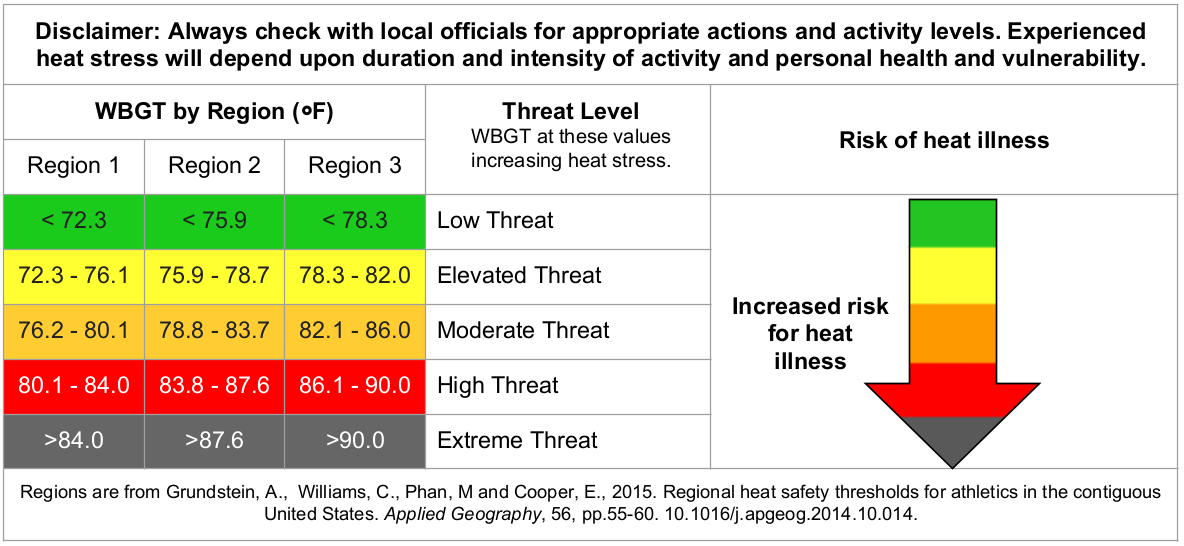
Wet Bulb Globe Temperature vs Heat Index

Transcription factor BES1 interacts with HSFA1 to promote heat stress resistance of plants

Autocorrelations for pressure pain tolerance (PPT), daily cold pain
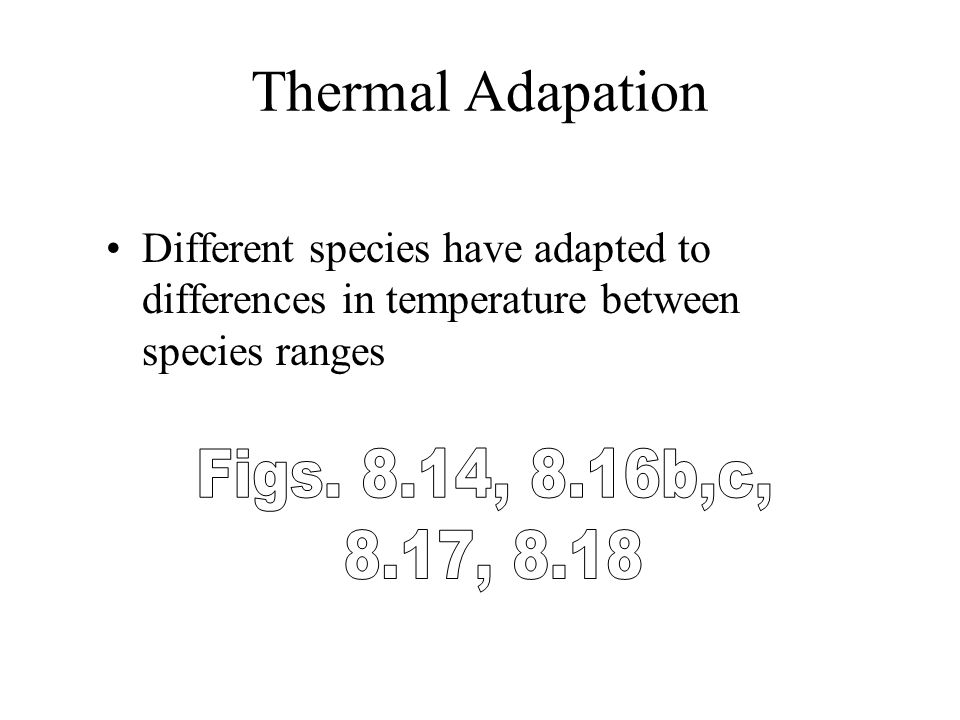
Extreme Temperatures and Thermal Tolerance - ppt download

Secrete or perish: The role of secretion systems in Xanthomonas biology - Computational and Structural Biotechnology Journal

Global variation in the thermal tolerances of plants
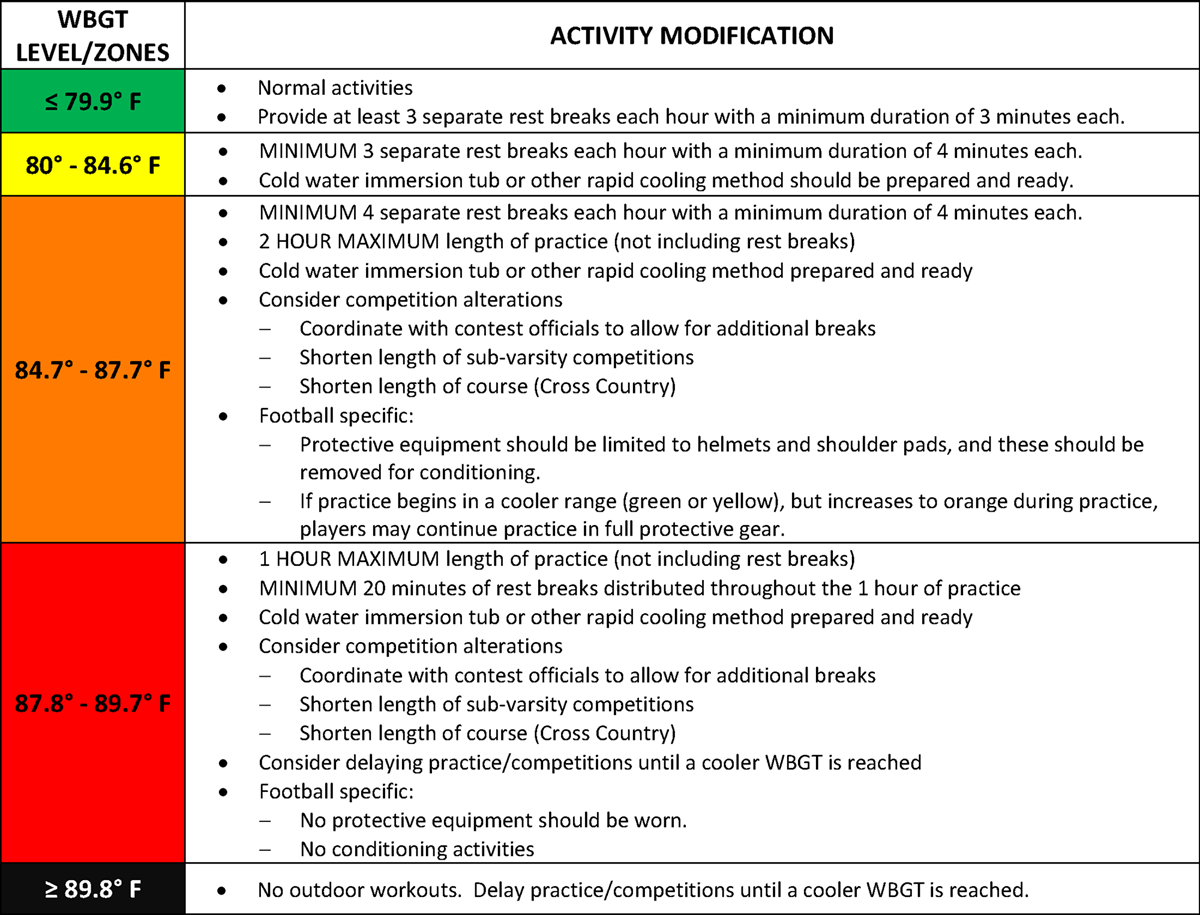
Wet Bulb Globe Temperature vs Heat Index
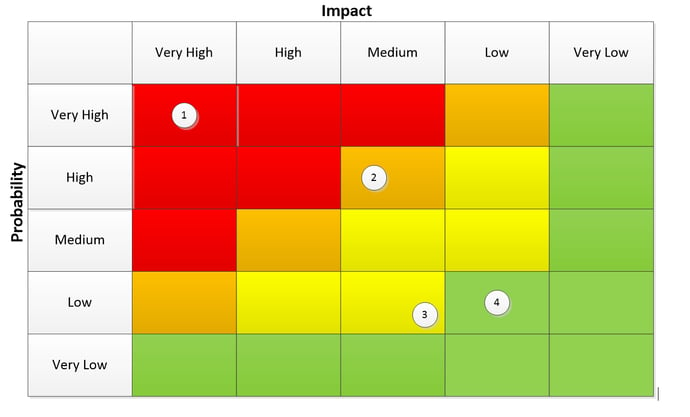
Risky Business: 4 Actions for a Successful Risk Management Process

Heat stress powerpoint templates

Evaluating the 35°C wet-bulb temperature adaptability threshold for young, healthy subjects (PSU HEAT Project)
